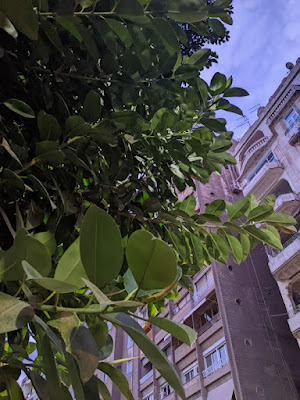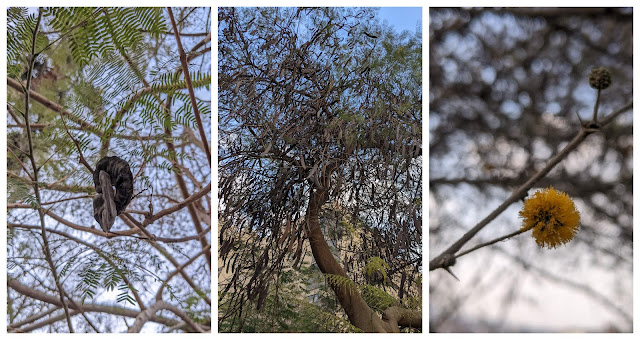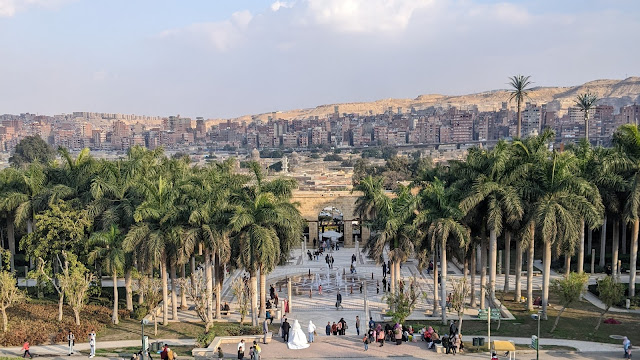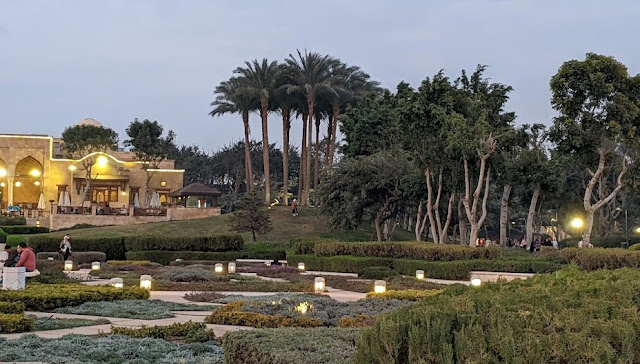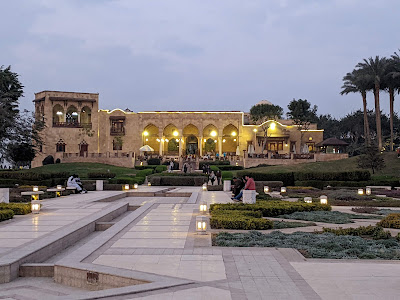Following Christmas and New Year back in the UK with the family I was supposed to be going to Italy, Sardegna for a consultancy and design site visit but, Covid things happened so we postponed. Egypt is a place I've never had a strong desire to travel to but it popped up first on a list of warm places to go in winter, so here I am.
Two words that linger in thoughts while walking around Cairo are chaos and contrast. After a few days, you began to see the order within the chaos but the contrast is even more apparent. I don't see how you could describe Cairo as beautiful, pleasant, or charming (although parts of it are) however, it is most certainly, very interesting.
A word of warning for anyone that has never ventured from the comforts of the West, if you ever visit Cairo, be prepared for a culture shock Richter magnitude 9.
Cairo is a very busy city and you can move around hassle-free like every other city but get close to any popular tourist attraction and it's the real-life equivalent of browsing the net without AdBlock on and that's true of pretty much the entire Egyptian tourist trail. Fortunately, the Pyramids of Giza site (that sits west of the Nile on the edge of the city) is so vast it's easy to get away from the relentless sales pitch and enjoy the phenomenon.
Street Trees Of Cairo
 |
| Cairo by night- taken from Cairo Tower looking South up the Nile |
Al Azhar Park - Cairo
Al Azhar Park is a perfect way to escape the din of the city. The park is built on a 30-hectare site, surrounded by what looks like a post-apocalypse landscape. The area used to be a dumping ground for rubble from earthquakes, wars, fires, and urban reconstruction and had reached a height of 45 meters tall. Aga Khan, a royal figure, had watched this pile of rubble grow over the decades from his palace terrace and one day in 1984 decided to clean it up and replace it with an Oasis.
Mission accomplished!
Al-Hazar is an excellent garden that gets a lot of use from the public. It's composed of large grassed areas subdivided by low-growing hedging, intricately landscaped sections, water features, and forested areas.
Roystonia regia - Cuban royal palms are planted in rows alongside the central access of the gardenSupport Our Project
If you appreciate the work we are doing you can show your support in several ways.
Become a member of the Bloom Room. A $70 annual or $7 per month subscription to our Substack provides you with access to live sessions, design tutorials, a members forum and more, see details here.
Make a purchase of plants or seeds from our Nursery or Online Store
Joining us for one of our Practical Courses or Online Courses
Comment, like, and share our content on social media.
If you appreciate the work we are doing you can show your support in several ways.
Become a member of the Bloom Room. A $70 annual or $7 per month subscription to our Substack provides you with access to live sessions, design tutorials, a members forum and more, see details here.
Make a purchase of plants or seeds from our Nursery or Online Store
Joining us for one of our Practical Courses or Online Courses
Comment, like, and share our content on social media.







